Something’s Howling In The Data
One minute, they’re ancient history. The next, researchers are raising eyebrows over recent findings. Are we looking at a comeback?

The Return Of A Legend
Dire Wolves, once roaming North America during the Ice Age, vanished 12,500 years ago. Through groundbreaking genetics, these ancient predators are poised to make a comeback. Scientists aren’t cloning them but recreating their closest modern equivalent, using DNA editing to revive an iconic species from the past.
 Charles Robert Knight, Wikimedia Commons
Charles Robert Knight, Wikimedia Commons
The Minds Behind The Resurrection
At the helm is Ben Lamm, founder and CEO of Dallas-based biotech startup Colossal. He has teamed up with evolutionary genomics expert Love Dalen from Stockholm University, who advises on the science and the ethics. Together, they’re reviving species and challenging what extinction means in the age of gene editing.
 John Davidson attrib, Wikimedia Commons
John Davidson attrib, Wikimedia Commons
Reviving The Ice Age Predator
Colossal Biosciences is reviving the Dire Wolf. This is in addition to other revival projects, including the revival of the woolly mammoth. The company revealed they had already cloned animals nearly identical to Dire Wolves. But wait, what’s the Dire Wolf?
 Company Claims It's Recreated 'Game of Thrones' Dire Wolves by Inside Edition
Company Claims It's Recreated 'Game of Thrones' Dire Wolves by Inside Edition
The Real Dire Wolf
The Dire Wolf was a formidable predator that roamed North America’s vast plains. With strong jaws and a muscular build, it was perfectly suited for hunting large prey, which made it one of the fiercest predators of the Ice Age.
 No Longer Extinct? Colossal Biosciences' Dire Wolf Project by TIME
No Longer Extinct? Colossal Biosciences' Dire Wolf Project by TIME
Where Dire Wolves Once Ruled
From the northern side of the tundra to the southern plains, Dire Wolves were widespread across North America. Their territories stretched across vast distances, allowing them to dominate many ecosystems as apex predators before their sudden extinction.
 No Longer Extinct? Colossal Biosciences' Dire Wolf Project by TIME
No Longer Extinct? Colossal Biosciences' Dire Wolf Project by TIME
The Rancho La Brea Tar Pit Trove
The La Brea Tar Pits in California hold one of the largest and most significant collections of Dire Wolf fossils. Here, thousands of Dire Wolves met their sticky end, and this provided scientists with invaluable insights into the species and its behavior during the Ice Age.
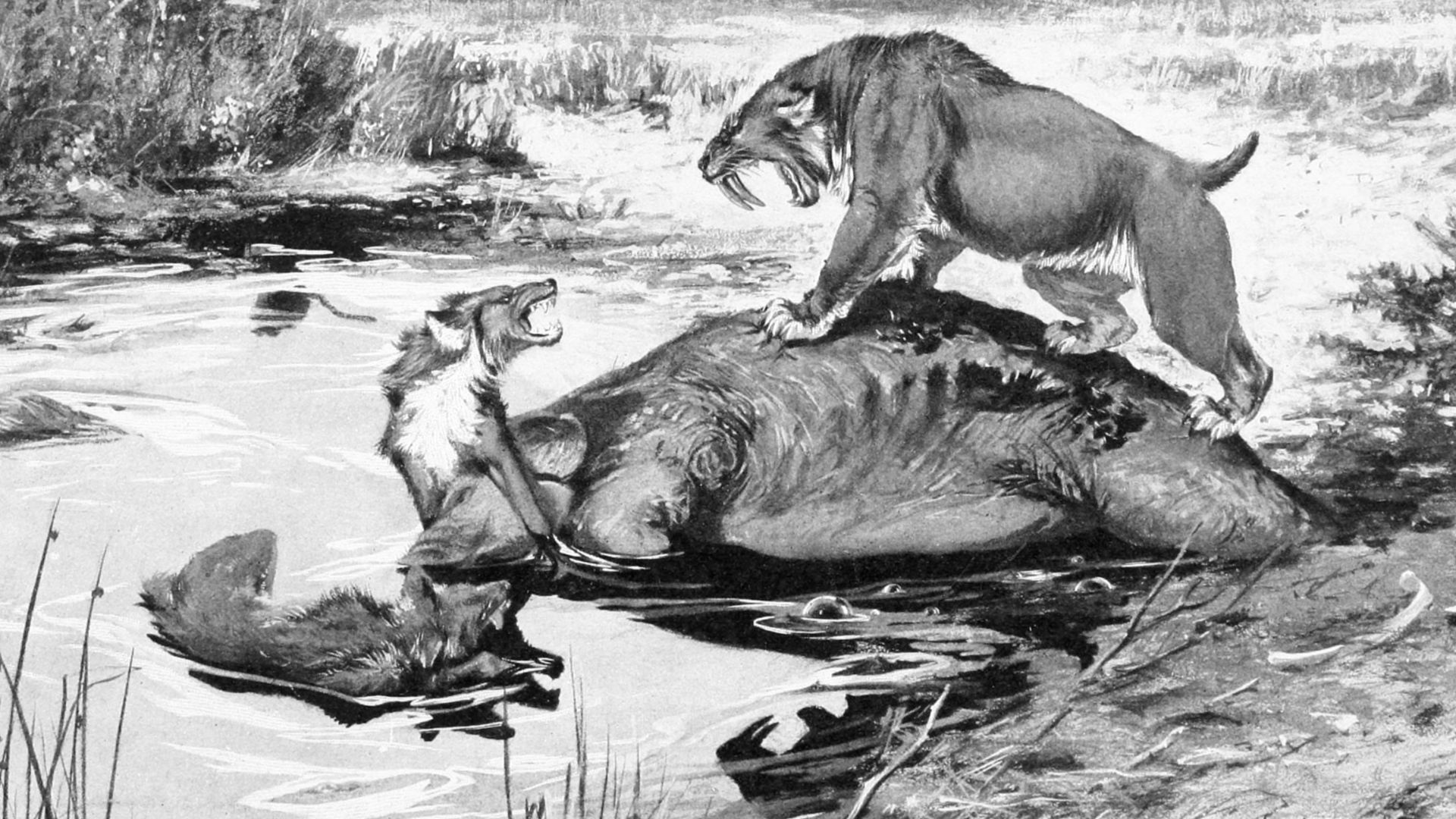 Robert Bruce Horsfall, Wikimedia Commons
Robert Bruce Horsfall, Wikimedia Commons
What Made The Dire Wolf “Dire?”
The Dire Wolf’s massive jaws and sharp teeth were designed for power. Capable of crushing bones and dispatching large prey, these wolves were built to take down animals larger than themselves—an essential trait in the harsh Ice Age terrain.
 Game of Thrones - ALL STARK DIREWOLF SCENES by Kieran MB
Game of Thrones - ALL STARK DIREWOLF SCENES by Kieran MB
Size And Strength In Numbers
The Dire Wolf’s body was built for strength and endurance. It had a stockier, more powerful frame than today’s wolves, and this physicality enabled it to chase, capture, and overpower animals much larger than its own body size. Even the way they hunted was unique.
 Company Claims It's Recreated 'Game of Thrones' Dire Wolves by Inside Edition
Company Claims It's Recreated 'Game of Thrones' Dire Wolves by Inside Edition
Dire Wolf Vs Modern Wolf
The Dire Wolf was a gray wolf on steroids. Some were even larger than today’s Yukon or Northwestern wolves. One subspecies, A. d. dirus, had limbs almost identical in length to the Yukon wolf, while A. d. guildayi had a stockier build that made it less suited for long chases.
 The Direwolves Being Good Boys for 4 Minutes Straight by Supercut Action
The Direwolves Being Good Boys for 4 Minutes Straight by Supercut Action
How Big Was A Dire Wolf Compared To You?
The average dire wolf tipped the scales at 132 to 150 pounds, with some possibly reaching a hefty 240 pounds. Standing up to 38 inches at the shoulder and stretching nearly 6 feet in length, they were taller than most people. Not your average overgrown pup!
 The Direwolves Being Good Boys for 4 Minutes Straight by Supercut Action
The Direwolves Being Good Boys for 4 Minutes Straight by Supercut Action
How They Hunted
A struggling herbivore, for instance, gets stuck in sticky asphalt. Predators rush in, thinking it’s dinner time—only to get trapped themselves. At La Brea Tar Pits, California, that happened like clockwork. For every unlucky herbivore, ten hungry carnivores followed suit. And guess who topped the fossil charts?
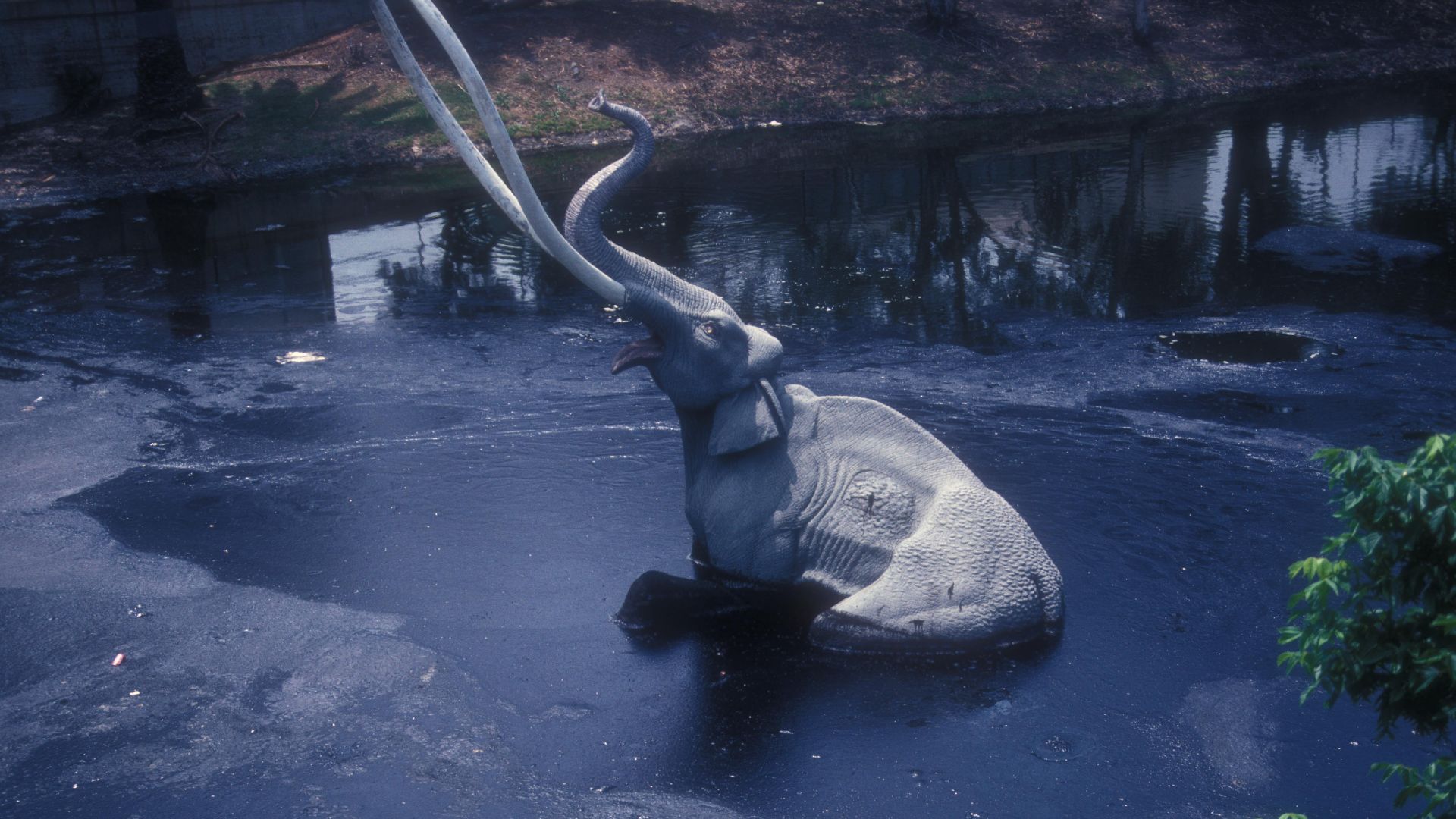 JERRYE AND ROY KLOTZ MD, Wikimedia Commons
JERRYE AND ROY KLOTZ MD, Wikimedia Commons
Hunting As A Family
Dire Wolves were way ahead of their gray cousins. It turns out that Dire Wolves weren’t lone rangers. Fossil records suggest they hunted in family-style packs, probably led by an alpha pair. There isn’t much of a difference between the guys and the girls, physically speaking.
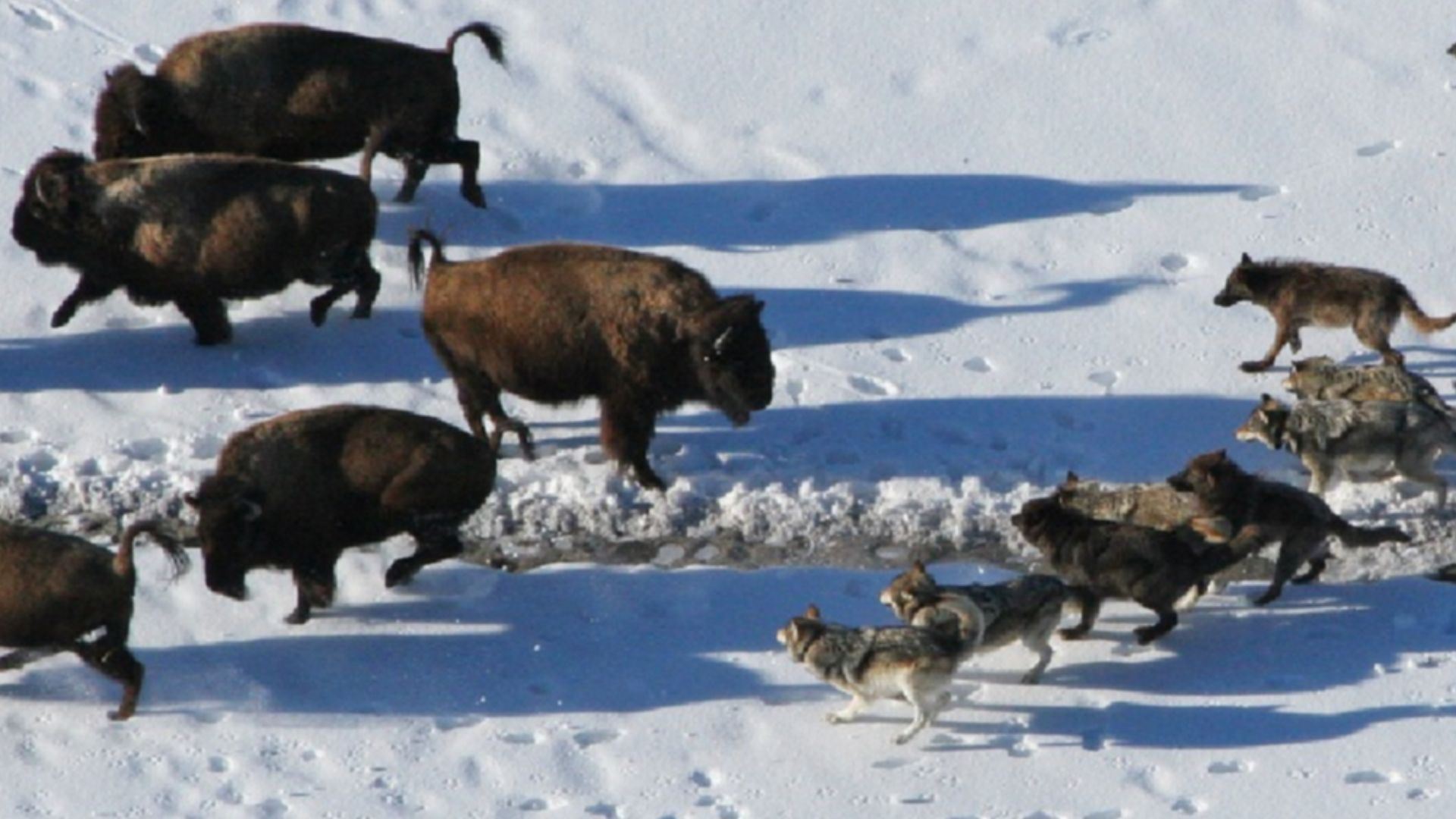 MacNulty DR, Tallian A, Stahler DR, Smith DW, Wikimedia Commons
MacNulty DR, Tallian A, Stahler DR, Smith DW, Wikimedia Commons
Social Predators Die Together
Dire Wolves and saber-toothed cats shared two things: top predator status and the same sticky end. Both were social carnivores, which explains why they dominate La Brea’s fossil tally. Their teamwork helped them muscle in on meals but also got them stuck more often than solo predators.
 Dire Wolf Documentary by Epic Documentaries
Dire Wolf Documentary by Epic Documentaries
Built For The Pack, Not For The Bone
Despite their size, Dire Wolves’s jaws lacked the heavy-duty build for nonstop gnawing. Studies show that their bite style matched that of modern pack hunters, characterized by numerous shallow bites rather than a single crushing chomp. When prey thinned out, bone chewing became the fallback plan.
 This Isn't A Wolf - Dire Wolf by ExtinctZoo
This Isn't A Wolf - Dire Wolf by ExtinctZoo
Their Teeth Usually Paid The Price
Big prey comes with big risks. The price Dire Wolves had to pay was that they frequently cracked their teeth, especially the front ones, while chomping down on bones. Compared to today’s carnivores, they had way more dental drama. More competition, more rushing, more bone chewing.
 James St. John, CC BY 2.0, Wikimedia Commons
James St. John, CC BY 2.0, Wikimedia Commons
Dire Wolves Aren’t Really Wolves
Despite the name “wolf,” modern genetic studies have revealed that Dire Wolves weren’t direct ancestors of today’s wolves. Instead, they belong to a unique genetic lineage, separate from the wolves we know today, even though they look the same…ish.
 The Direwolves Being Good Boys for 4 Minutes Straight by Supercut Action
The Direwolves Being Good Boys for 4 Minutes Straight by Supercut Action
Two Subspecies, One Dominant Legacy
The Dire Wolf was divided into two main subspecies: a shorter-legged, stockier version from the west and a taller, more agile form from the east. Despite these regional differences, both types were designed for the same purpose of surviving the harsh Ice Age environment.
 The First Dire Wolf Howl in Over 10,000 Years by Colossal Biosciences
The First Dire Wolf Howl in Over 10,000 Years by Colossal Biosciences
How Dire Wolves Went Extinct
The end of the Ice Age brought about drastic changes in climate. As the environment warmed, the Dire Wolves’s prey dwindled, and other predators replaced them. This shift, combined with competition and climate change, led to their extinction.
 Inside the World’s First Dire Wolf Preserve by Colossal Biosciences
Inside the World’s First Dire Wolf Preserve by Colossal Biosciences
Ancient DNA Sparks Modern Miracle In Texas Lab
Using ancient Dire Wolf remains, scientists extracted genetic material to create a DNA map. Though the original DNA was too degraded to clone directly, this genetic blueprint formed the basis for modifying a modern gray wolf’s genes, bringing the extinct species one step closer to life.
 The First Dire Wolf Howl in Over 10,000 Years by Colossal Biosciences
The First Dire Wolf Howl in Over 10,000 Years by Colossal Biosciences
Rebuilding The Genome Of A Giant
Using CRISPR technology, scientists carefully reconstructed the Dire Wolf genome. By comparing fossilized DNA to the genome of modern canines, they made precise edits to recreate a living creature almost identical to the apex predators that roamed Ice Age North America.
 NIH Image Gallery from Bethesda, Maryland, USA, Wikimedia Commons
NIH Image Gallery from Bethesda, Maryland, USA, Wikimedia Commons
What Is CRISPR, Really?
Clustered Regularly Interspaced Short Palindromic Repeats (CRISPR) was originally part of a bacterial defense system, but it now forms the backbone of gene-editing tools, such as CRISPR-Cas9. These systems let scientists precisely cut, tweak, or silence DNA (and even RNA) to potentially cure diseases or power advanced diagnostic tools.
So, How Does CRISPR Work?
Reviving the dire wolf begins with CRISPR’s tiny RNA guide, which is programmed to seek out exact DNA matches. Once located, the Cas9 enzyme slices the ancient genome open, making room for precise edits. Scientists can swap in dire wolf genes, correct mutations, or enhance traits in living canines.
20 Gene Tweaks That Made The Impossible Possible
A total of 20 genetic changes were made to create the Dire Wolf hybrid. These included adjustments to bone density, fur thickness, and metabolism. Every gene was carefully selected for its role in adapting the creature to Ice Age conditions—survival traits that remain relevant in modern times.
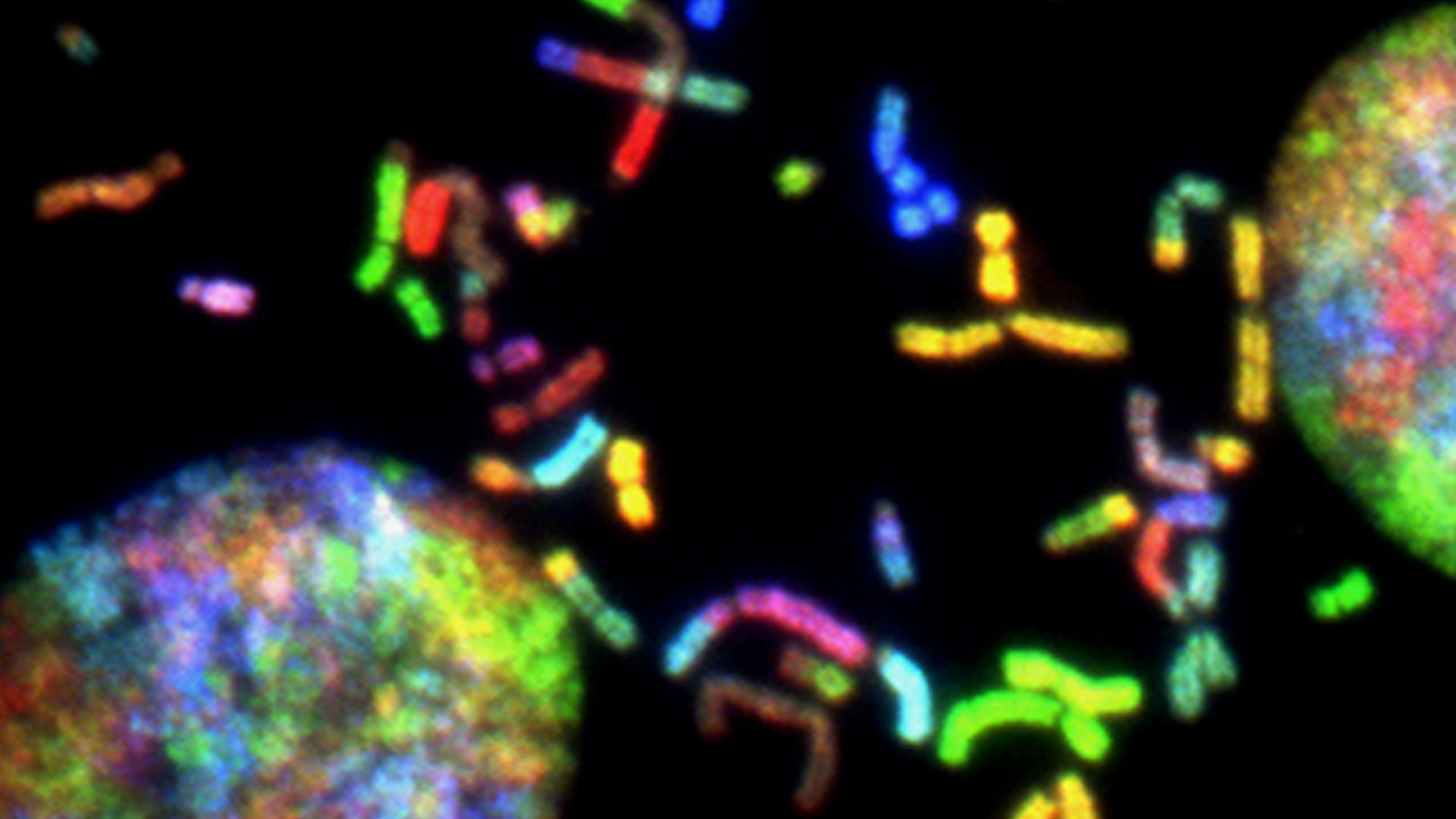 National Cancer Institute, Unsplash
National Cancer Institute, Unsplash
Reprogramming A Gray Wolf Into A Dire Wolf
CRISPR technology reprogrammed the DNA of a gray wolf embryo. By incorporating the Dire Wolf’s genetic traits, these modified embryos are the closest thing we have to bringing this long-lost predator back from extinction. Finally!
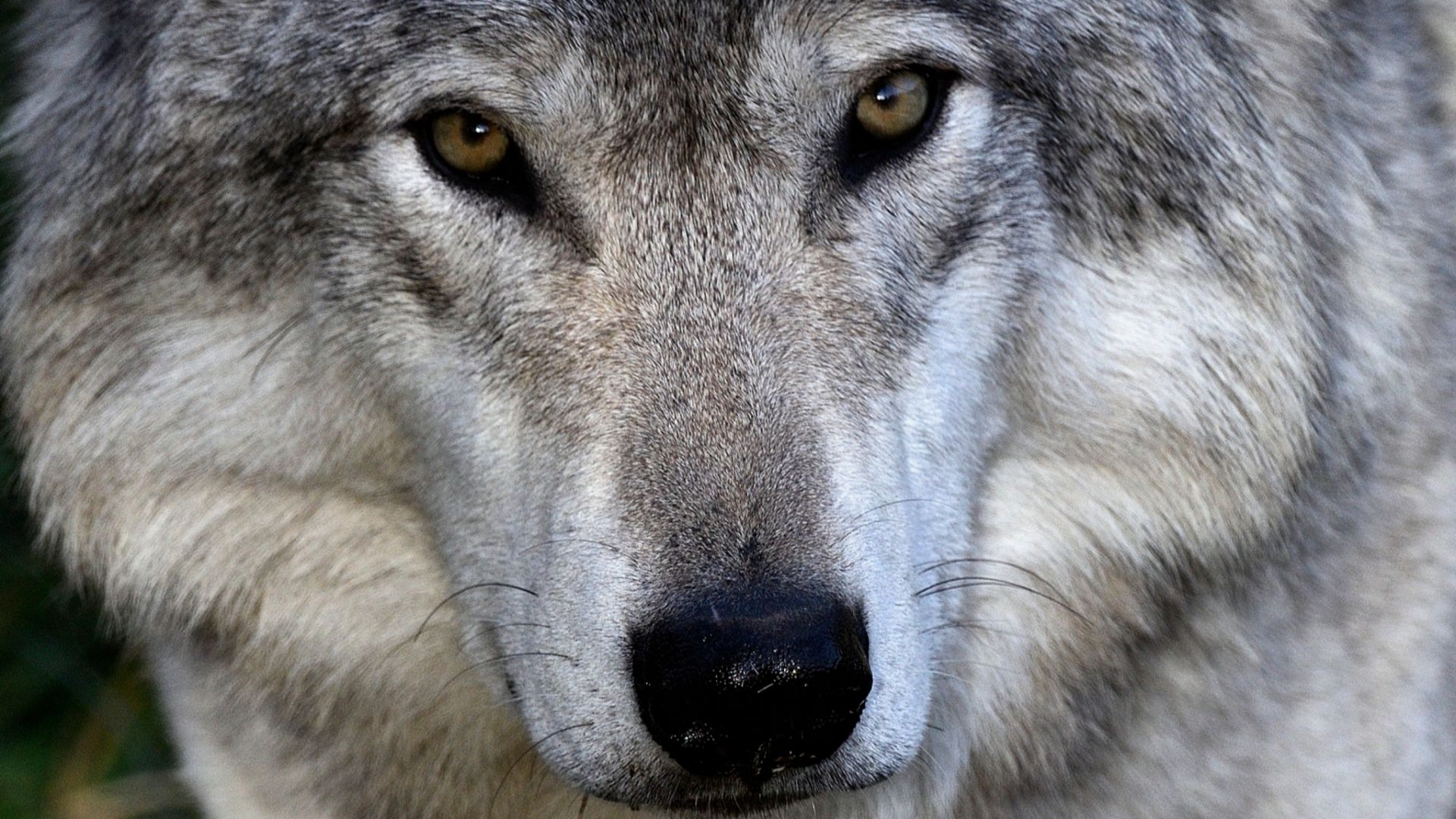 Bert de Tilly, Wikimedia Commons
Bert de Tilly, Wikimedia Commons
The Surrogate Journey
To bring these modified embryos to life, domestic dogs acted as surrogates. After the embryos were implanted, the female dogs gave birth to pups genetically closer to Dire Wolves than any living canine. This process, borrowed from fertility treatments, allowed for the revival of a species that’s been gone for millennia.
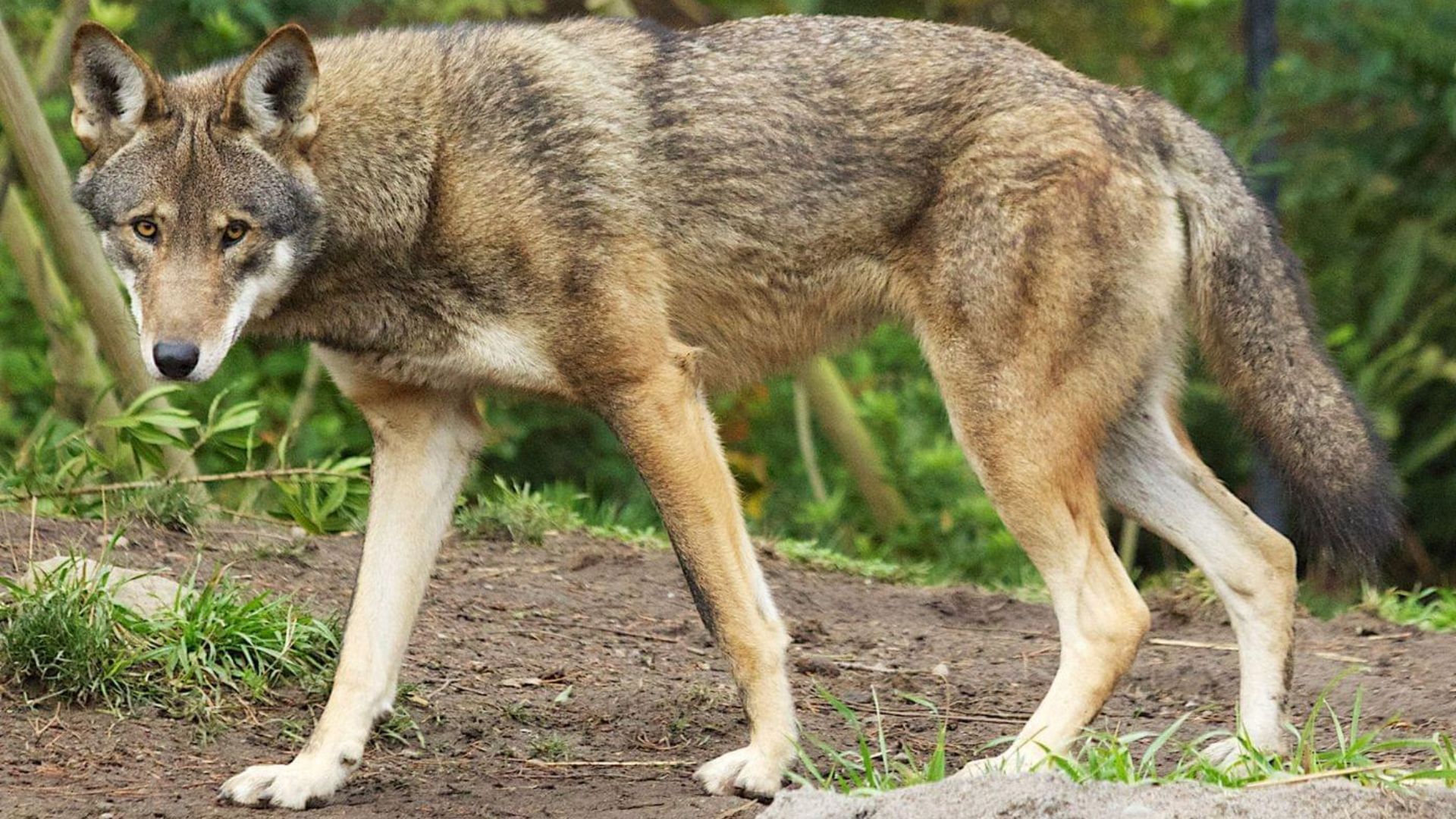 Animal Spot, Wikimedia Commons
Animal Spot, Wikimedia Commons
Eight Transfers, Three Puppies, One Breakthrough
This was not a one-time success because out of eight attempts, three puppies were born. Although it may seem like a small number, in the field of genetic science, this represents a monumental achievement. The three pups were named Romulus, Remus, and Khaleesi.
 The First Dire Wolf Howl in Over 10,000 Years by Colossal Biosciences
The First Dire Wolf Howl in Over 10,000 Years by Colossal Biosciences
Meet Romulus, Remus, And Khaleesi
Do these names sound familiar? If you are a pop culture fan, they will ring immediately. These three, named after historical and pop culture figures, symbolize humanity’s extent. Romulus and Remus are based on the myth of the twin brothers raised by wolves. Khaleesi? After the Game of Thrones character.
 The First Dire Wolf Howl in Over 10,000 Years by Colossal Biosciences
The First Dire Wolf Howl in Over 10,000 Years by Colossal Biosciences
How The Dire Wolves Revival Was Inspired By TV Became Reality
The Dire Wolves of Game of Thrones inspired a wave of public interest, propelling funding and attention toward the concept of de-extinction. While fans of the show dreamed of seeing Dire Wolves in real life, scientists turned that fantasy into a biological reality.
 The Direwolves Being Good Boys for 4 Minutes Straight by Supercut Action
The Direwolves Being Good Boys for 4 Minutes Straight by Supercut Action
October 1 And January 30 Mark History
Romulus and Remus were born on October 1, 2023, followed by Khaleesi on January 30, 2024. These dates are historic milestones, and they mark the birth of the first pups genetically engineered to resemble Dire Wolves. This is an achievement that could change the course of de-extinction science forever.
 The First Dire Wolf Howl in Over 10,000 Years by Colossal Biosciences
The First Dire Wolf Howl in Over 10,000 Years by Colossal Biosciences
The Pups Live On A 2,000-Acre Reserve
For their safety and privacy, the pups now live on a private 2,000-acre reserve in Texas. This secretive environment allows scientists to study them without external interference. In this safe space, they can roam freely to mimic the wild conditions that might have existed in ancient times.
 The First Dire Wolf Howl in Over 10,000 Years by Colossal Biosciences
The First Dire Wolf Howl in Over 10,000 Years by Colossal Biosciences
Engineered For Survival
These wolves were designed for more than just appearance. Their genetic makeup was carefully modified to include traits such as illness resistance, cold tolerance, and endurance. This is not just about reviving a species—it’s about ensuring that these animals can survive and thrive in the modern world.
 The First Dire Wolf Howl in Over 10,000 Years by Colossal Biosciences
The First Dire Wolf Howl in Over 10,000 Years by Colossal Biosciences
Are These Truly Dire Wolves?
Some argue that the animals being born aren’t truly Dire Wolves since they were not cloned from pure Dire Wolf DNA. Critics insist they are hybrids. But others claim that if they look, act, behave, and survive like Dire Wolves, then perhaps that’s good enough—after all, nature is full of hybrids, right?
 The First Dire Wolf Howl in Over 10,000 Years by Colossal Biosciences
The First Dire Wolf Howl in Over 10,000 Years by Colossal Biosciences
99.5% Match Or Myth?
Colossal claims these animals are a 99.5% match to the original Dire Wolf, but some critics remain skeptical. Minor genetic differences could have significant consequences. Still, in biology, hybrids often occur in nature. The question remains: are these animals a resurrection or an invention of modern science?

So, What Makes A Species?
The revival of the Dire Wolf raises deep philosophical questions. What defines a species? Is it the genetic code, behavior, lineage, or the role they play in an ecosystem? These Dire Wolf hybrids challenge our perceptions, forcing us to rethink what it means to be “authentically” extinct or alive.
 The First Dire Wolf Howl in Over 10,000 Years by Colossal Biosciences
The First Dire Wolf Howl in Over 10,000 Years by Colossal Biosciences
Why Revive The Dire Wolf?
Colossal aims to rewrite the rulebook on conservation. The tech behind resurrecting the dire wolf is already being adapted to help real, endangered species. De-extinction may sound like Jurassic Park, but the goal is grounded in making stronger ecosystems, better genetic health, and a new frontier in wildlife protection.
Editing For Survival
Beyond cloning, CRISPR-based tools could one day clean up harmful mutations in endangered species. Researchers even envision adding traits to help animals adapt to climate change. More fur for warmth? Stronger lungs for high altitudes? The possibilities are vast—but, of course, not without risks.
 Up close with world’s first Woolly Mice by NBC News
Up close with world’s first Woolly Mice by NBC News
There’s More
While Dire Wolves captured headlines, Colossal quietly made history by cloning two litters of red wolves. These are among the most critically endangered canines on Earth. Using techniques developed during dire wolf research, they’ve pioneered a less invasive cloning method to bring hope to species on the brink.
 The First Dire Wolf Howl in Over 10,000 Years by Colossal Biosciences
The First Dire Wolf Howl in Over 10,000 Years by Colossal Biosciences
Fighting Extinction With Genetics
Red wolves suffer from dangerously low genetic diversity. Colossal’s vision? Use advanced editing tools to reintroduce fresh genetic material into the population. More variety means stronger immune systems, better adaptability, and a greater chance of long-term survival. It’s like hitting the genetic refresh button.
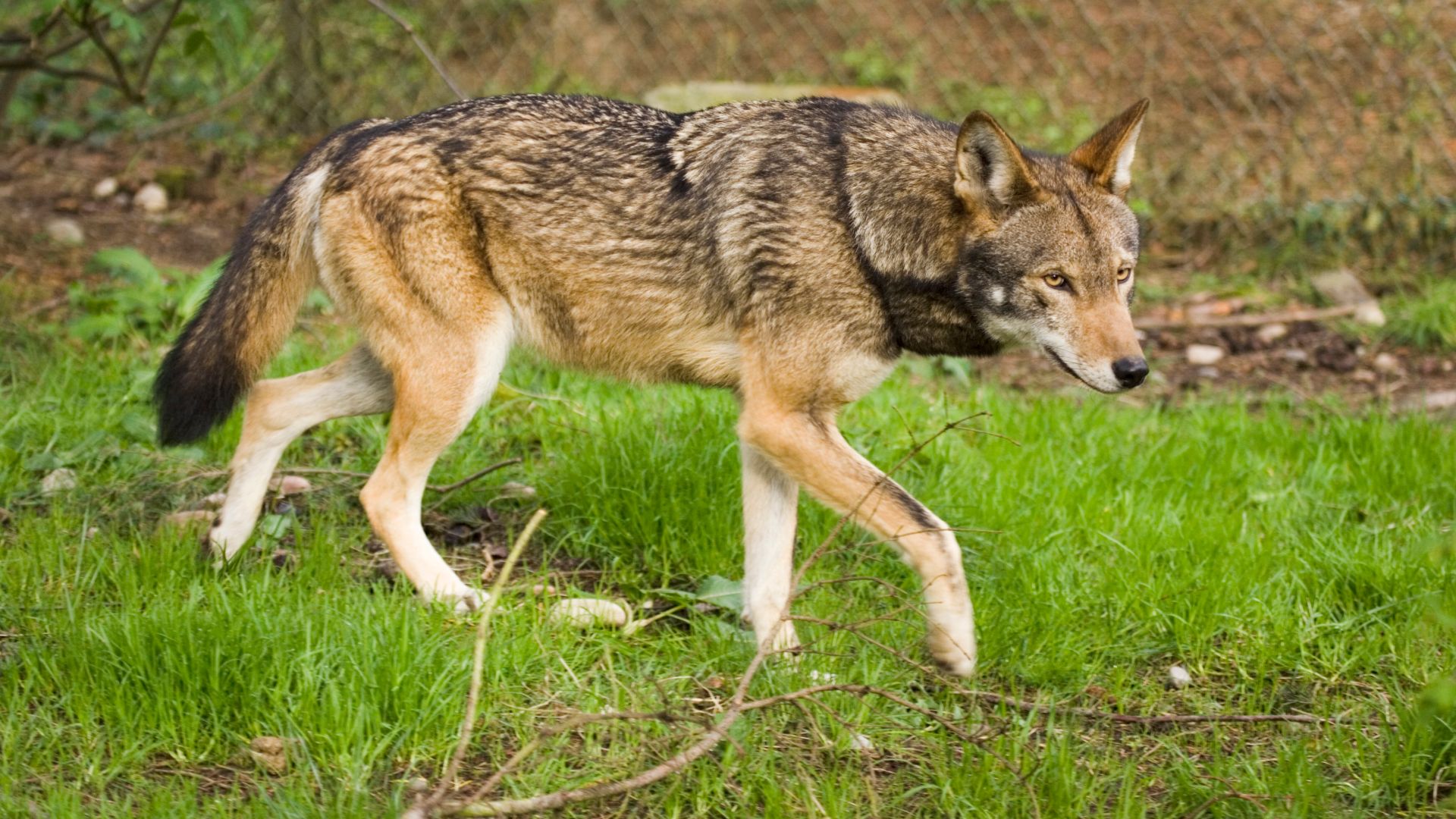 Red Wolf Recovery Program, Wikimedia Commons
Red Wolf Recovery Program, Wikimedia Commons
The Ecosystem Dilemma
Editing a genome is one thing, and recreating an extinct ecosystem is another. Many of the habitats in which Dire Wolves once roamed no longer exist. As Michael Knapp, an associate professor, warns, inserting extinct species into modern environments could create ripple effects we’re not ready for.
 The First Dire Wolf Howl in Over 10,000 Years by Colossal Biosciences
The First Dire Wolf Howl in Over 10,000 Years by Colossal Biosciences
Cost, Criticism, And The Animal Welfare Question
Critics argue that the money spent on de-extinction could save more lives if funneled into traditional conservation. There’s also concern for the surrogate animals involved in breeding hybrids. However, Colossal’s work has been praised for prioritizing animal welfare and avoiding dangerous edits that might harm the creatures they’re creating.
So, What’s The Endgame?
Bringing back Dire Wolves is a test case. Can we responsibly use gene editing to rescue endangered animals? Colossal’s efforts raise a critical question: If we can bring back what was lost, can we also protect what’s left? The future of conservation may depend on the answer.

Colossal’s Grand De-Extinction Ambitions
The Dire Wolf is just one project in Colossal’s larger mission to bring back extinct species. Alongside the woolly mammoth and Tasmanian tiger, Colossal aims to restore these creatures to their former habitats. The goal? To rewild ecosystems and restore balance by reintroducing species lost to time.
 Ben Sheppard, Wikimedia Commons
Ben Sheppard, Wikimedia Commons
What This Means For The Mammoth, Dodo, And More
Reviving extinct species could revolutionize ecosystems. For instance, woolly mammoths could help restore tundra ecosystems, while Dire Wolves might regulate prey populations. These efforts could potentially heal ecosystems damaged by human activity, and this raises the question: is this playing god, or fixing nature?
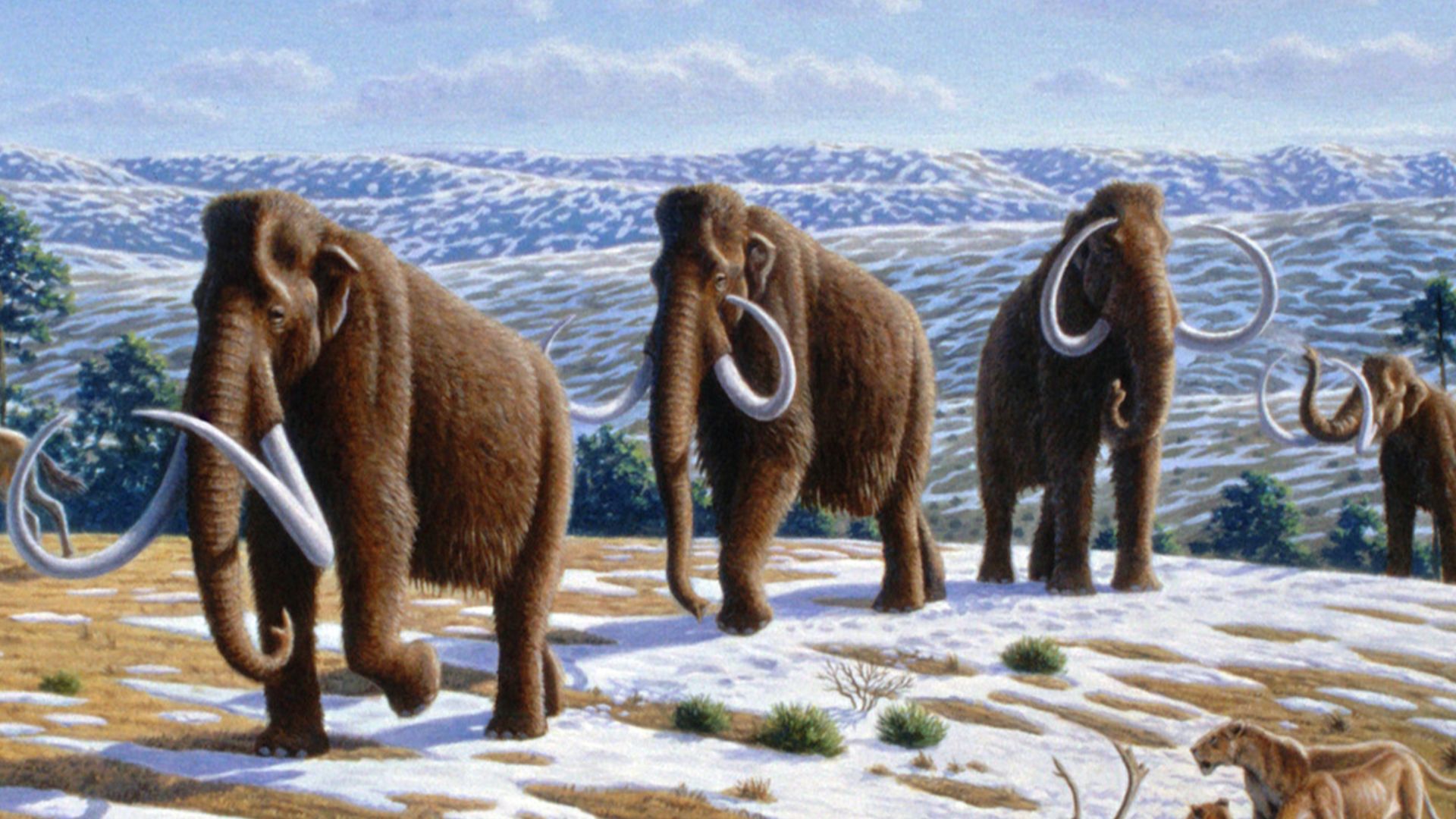 Mauricio Antón, Wikimedia Commons
Mauricio Antón, Wikimedia Commons
Why The Dire Wolf Still Matters
Though the true breed is gone, the new Dire Wolf still stuns us. Its story reminds us of the fragile nature of species and ecosystems. Today, through science, we may be able to give the Dire Wolf a second chance, reshaping not only history but also the future of de-extinction science.
 The First Dire Wolf Howl in Over 10,000 Years by Colossal Biosciences
The First Dire Wolf Howl in Over 10,000 Years by Colossal Biosciences











